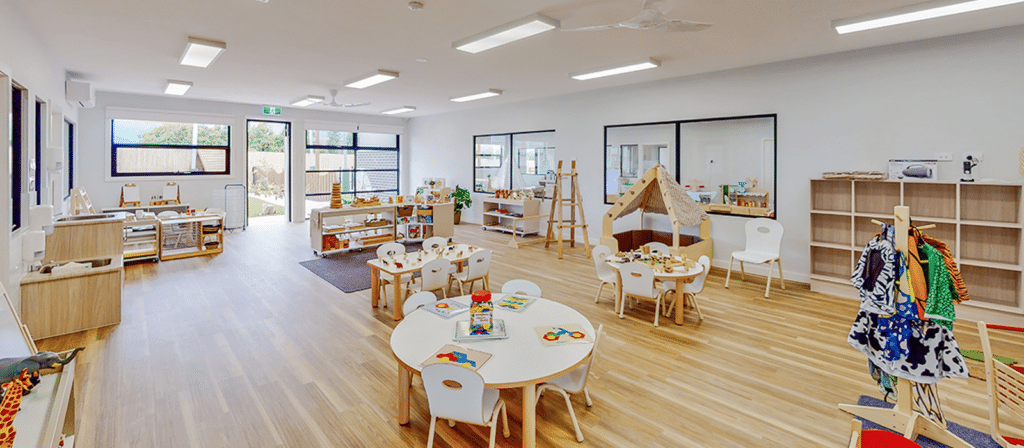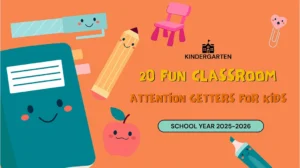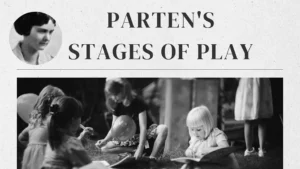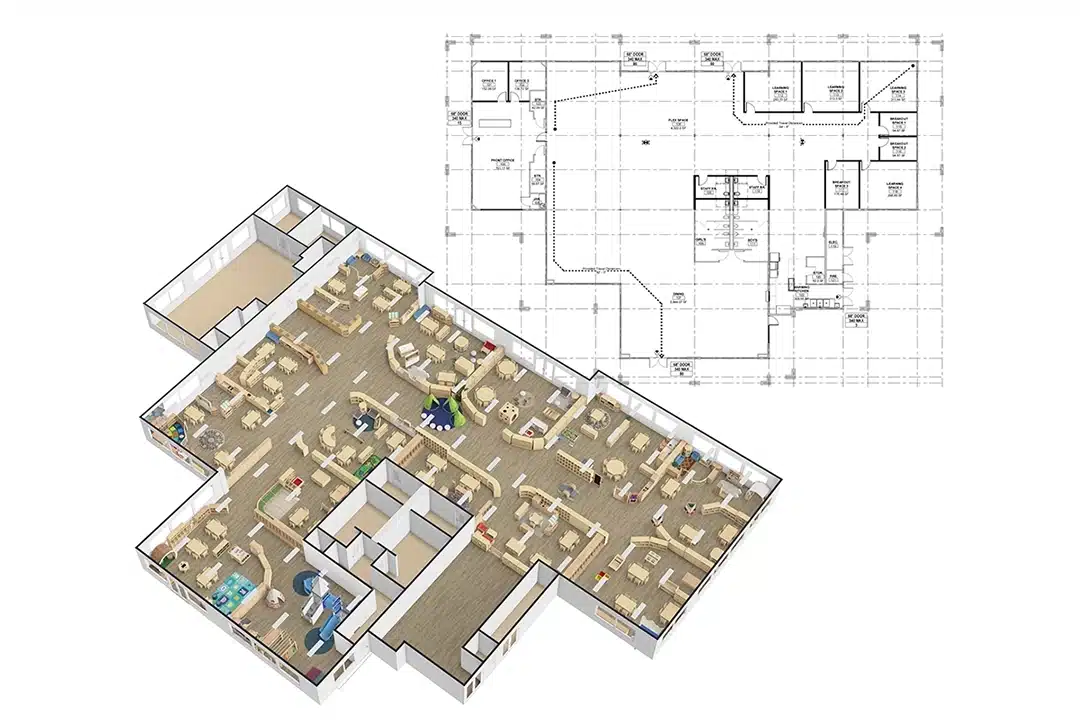Are you seeking innovative ways to create dynamic learning environments that cater to the diverse intelligences of your students? Curious about how Reggio Emilia furniture can transform your classroom into an engaging hub of exploration and discovery? Join us as we delve into the world of Reggio Emilia-inspired furniture and discover how it can foster a rich and inclusive learning experience for students with different intelligences.
Unlock the potential of Reggio Emilia furniture in creating learning spaces that embrace and nurture multiple intelligences. Explore how the design, functionality, and adaptability of this furniture facilitate personalized learning experiences, encouraging students to thrive in their areas of strength and interest.
What are multiple intelligences?
Multiple intelligences, a theory developed by Howard Gardner, suggests that intelligence is not a single entity but rather a combination of different abilities and talents. Gardner identified eight different intelligences, including linguistic, logical-mathematical, spatial, bodily-kinesthetic, musical, interpersonal, intrapersonal, and naturalistic intelligence. Each individual possesses a unique combination of these intelligences, and traditional educational settings often fail to address them all adequately.
How does Reggio Emilia education support multiple intelligences?
Reggio Emilia education is an approach that originated in the town of Reggio Emilia, Italy, after World War II. It emphasizes the importance of child-led learning, collaboration, and the integration of the arts into everyday activities. This approach aligns with the concept of multiple intelligences by recognizing and valuing the diverse abilities and interests of students.
Reggio Emilia classrooms are designed as “third teachers,” meaning that the environment plays a significant role in shaping children’s learning experiences. The use of natural materials, open-ended materials, and flexible furniture are key components of Reggio Emilia classrooms. These elements allow students to explore and engage with the environment in ways that suit their individual learning styles and intelligences.
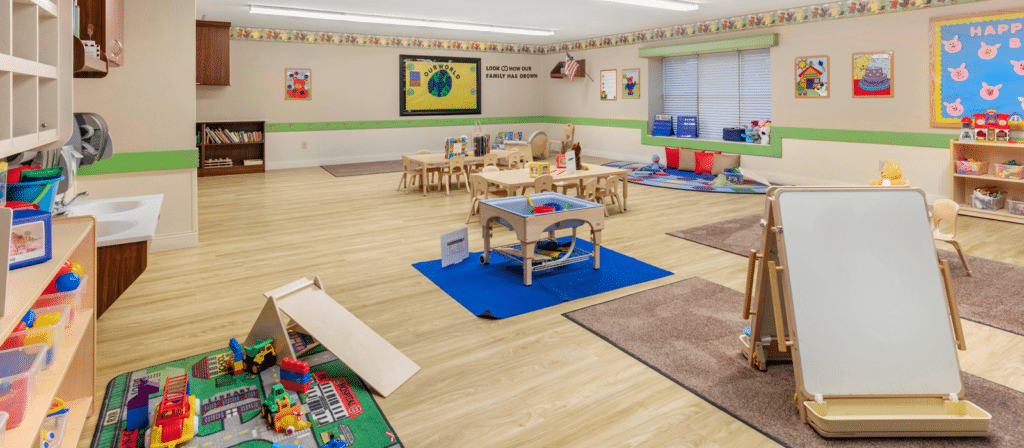
Benefits of Reggio Emilia furniture in creating learning spaces
Reggio Emilia furniture is specifically designed to support the principles of Reggio Emilia education and create a conducive learning environment for students. Here are some key benefits of incorporating Reggio Emilia furniture in the classroom:
Flexibility and adaptability:
Reggio Emilia furniture is designed to be versatile and easily reconfigured. This allows teachers to create different learning zones and accommodate various learning activities based on the needs of the students. For example, a large communal table can be used for collaborative projects, while individual workstations with movable partitions can provide privacy for introspective activities.
Natural materials:
Reggio Emilia furniture is often made from natural materials such as wood, bamboo, and rattan. These materials not only create a warm and inviting atmosphere but also connect students to nature and the environment. The use of natural materials enhances sensory experiences and promotes a sense of calmness and well-being in the classroom.
Open-ended and loose parts:
Reggio Emilia classrooms are filled with open-ended materials and loose parts that can be manipulated and transformed by students. This encourages creativity, problem-solving, and imaginative play. Furniture such as shelves with open compartments or baskets filled with loose parts like blocks, fabrics, and natural objects provide endless possibilities for exploration and invention.
Aesthetically pleasing:
Reggio Emilia furniture is known for its aesthetic appeal. The design and craftsmanship of the furniture contribute to the overall beauty of the learning environment. Beautifully crafted tables, chairs, and shelving units not only enhance the visual appeal of the classroom but also communicate to students that their learning space is valued and respected.
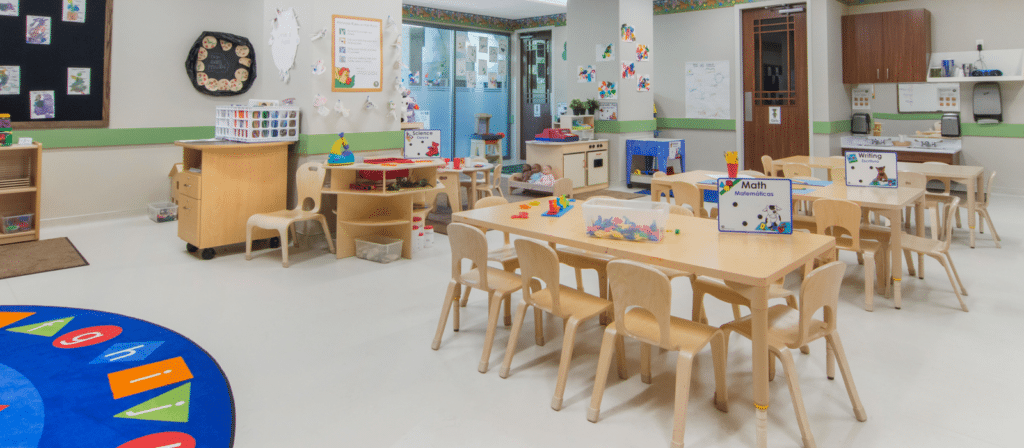
Promoting collaboration and social interaction:
Reggio Emilia furniture is designed to encourage collaboration and social interaction among students. Round tables, for example, promote face-to-face communication and equal participation in group discussions. Soft seating areas with cushions and rugs create cozy spaces for students to gather and engage in conversation or group work. By facilitating collaboration, Reggio Emilia furniture helps develop interpersonal intelligence and enhances social skills.
In conclusion
Reggio Emilia furniture offers educators a valuable tool for creating learning spaces that cater to the multiple intelligences of their students. By providing flexibility, natural materials, open-ended resources, aesthetic appeal, and opportunities for collaboration, this furniture supports the principles of Reggio Emilia education and fosters an inclusive and engaging learning environment. As we strive to meet the diverse needs of our students, incorporating Reggio Emilia furniture can be a powerful way to create learning spaces that truly nurture the whole child.

